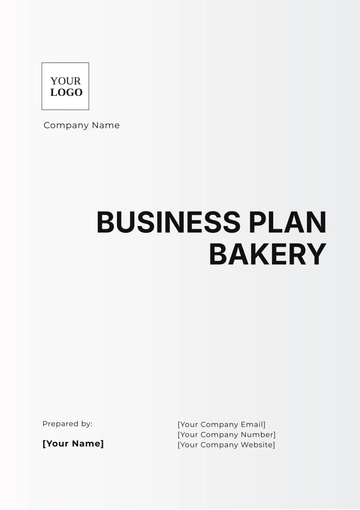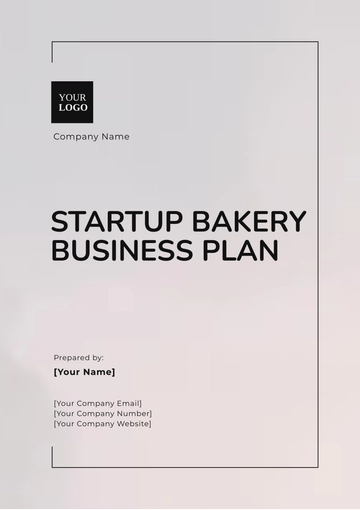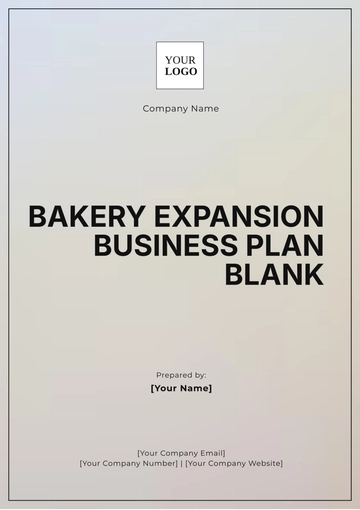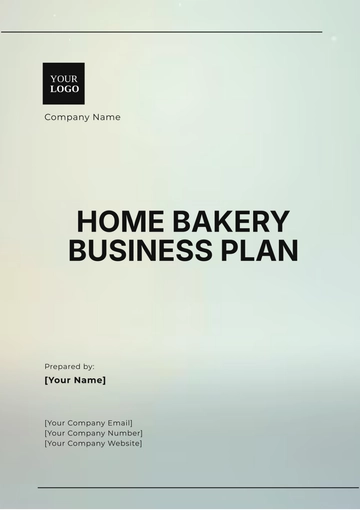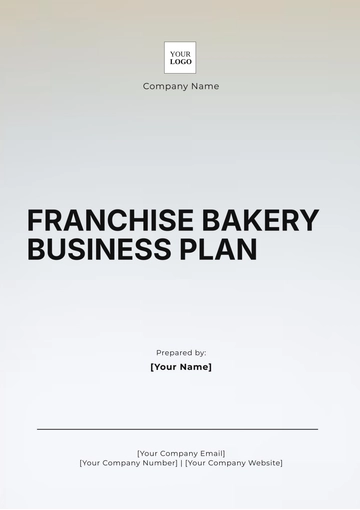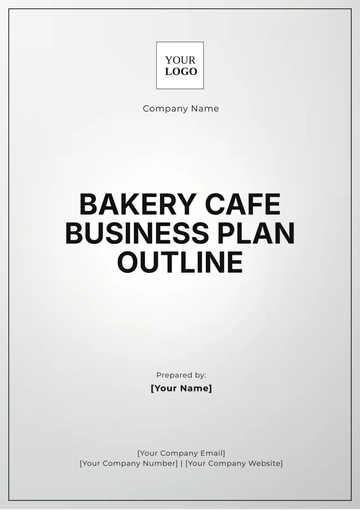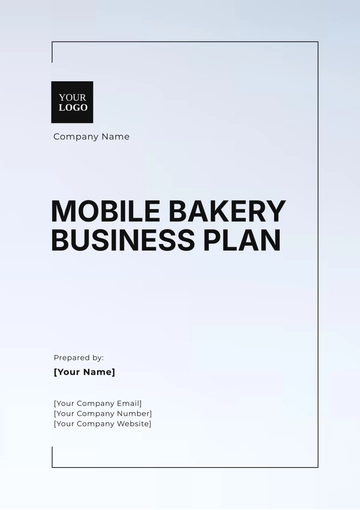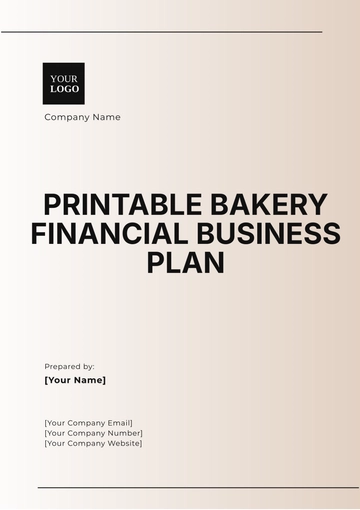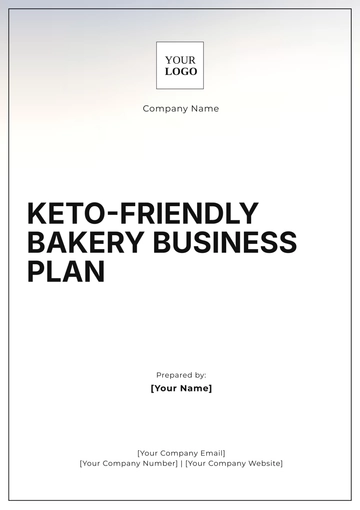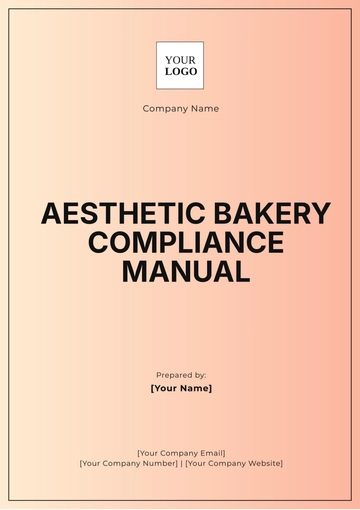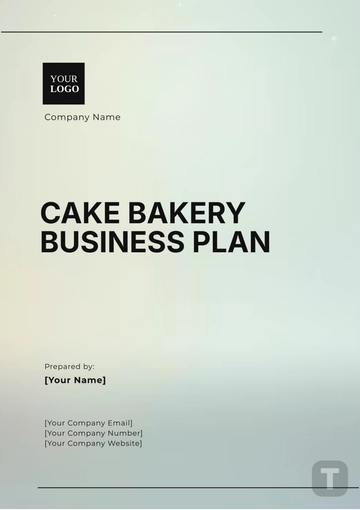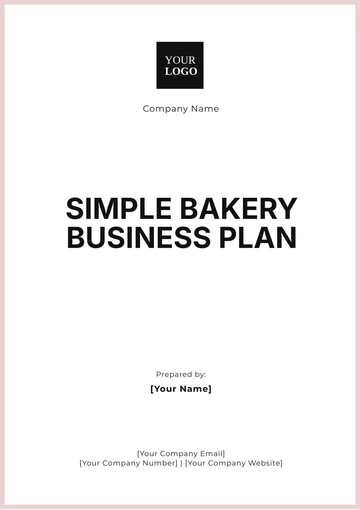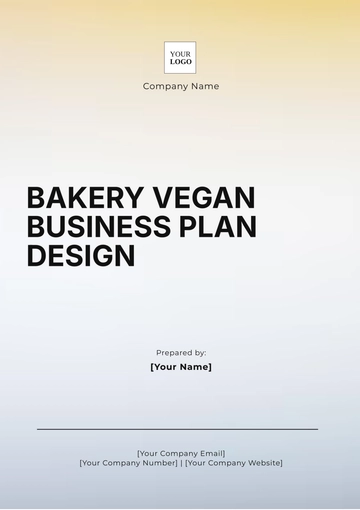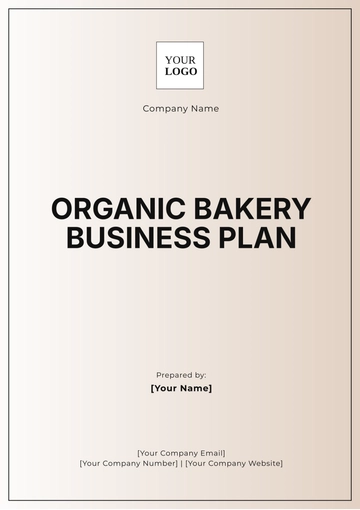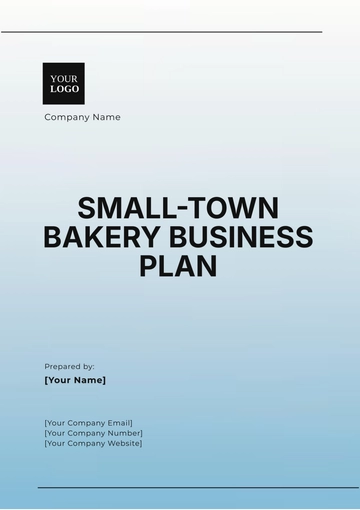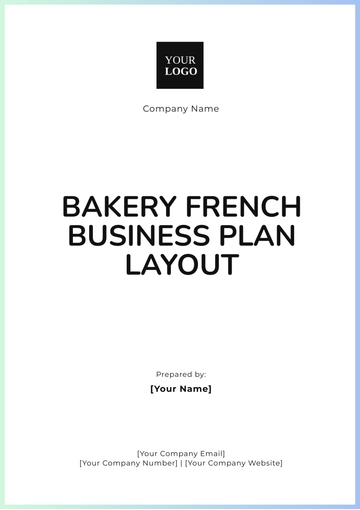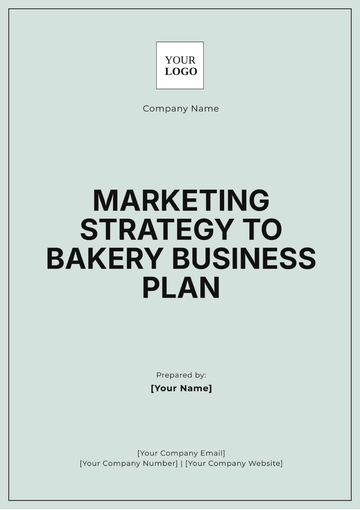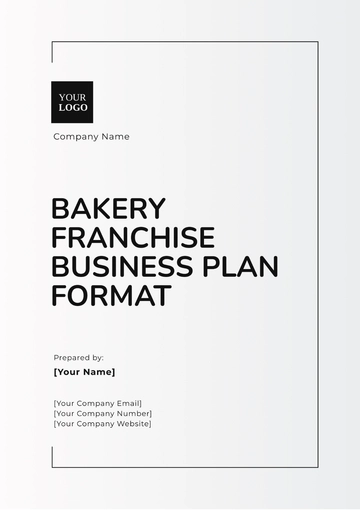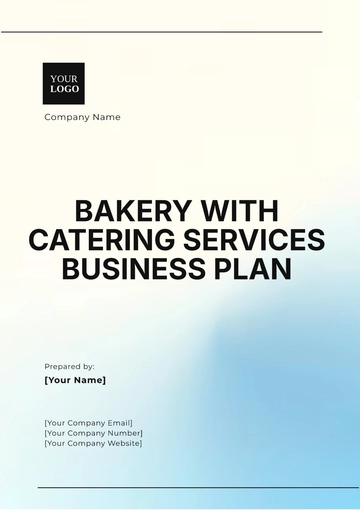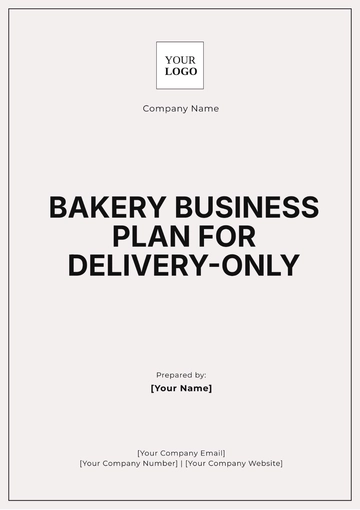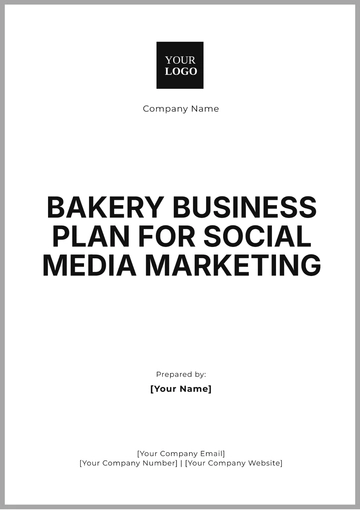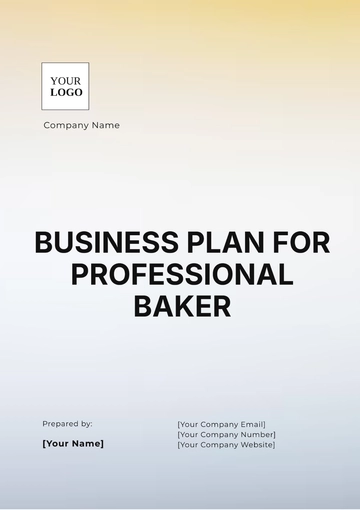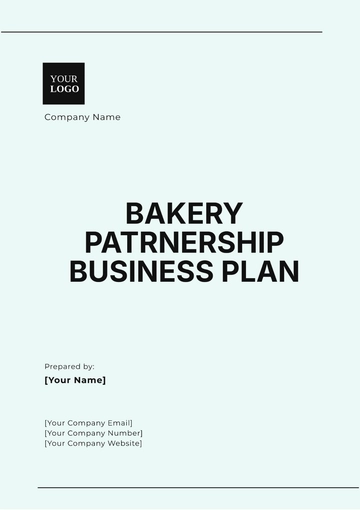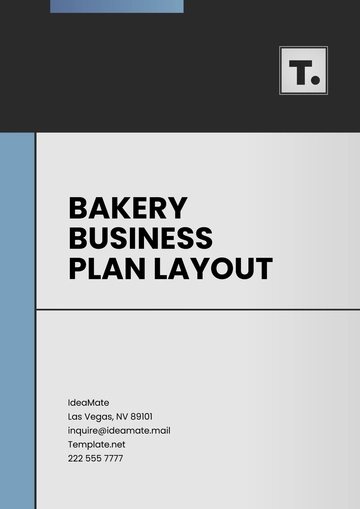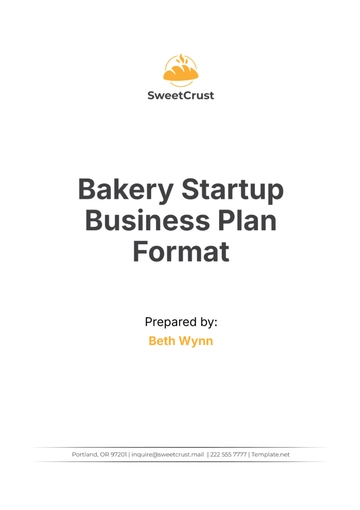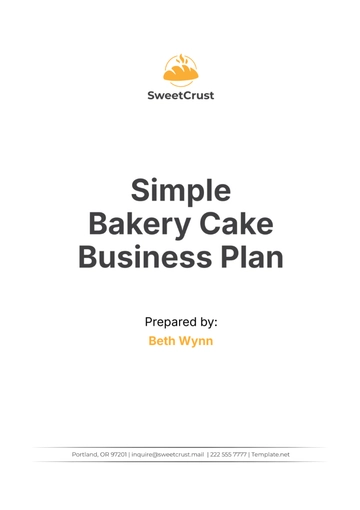Free Bakery Franchise Business Plan Format
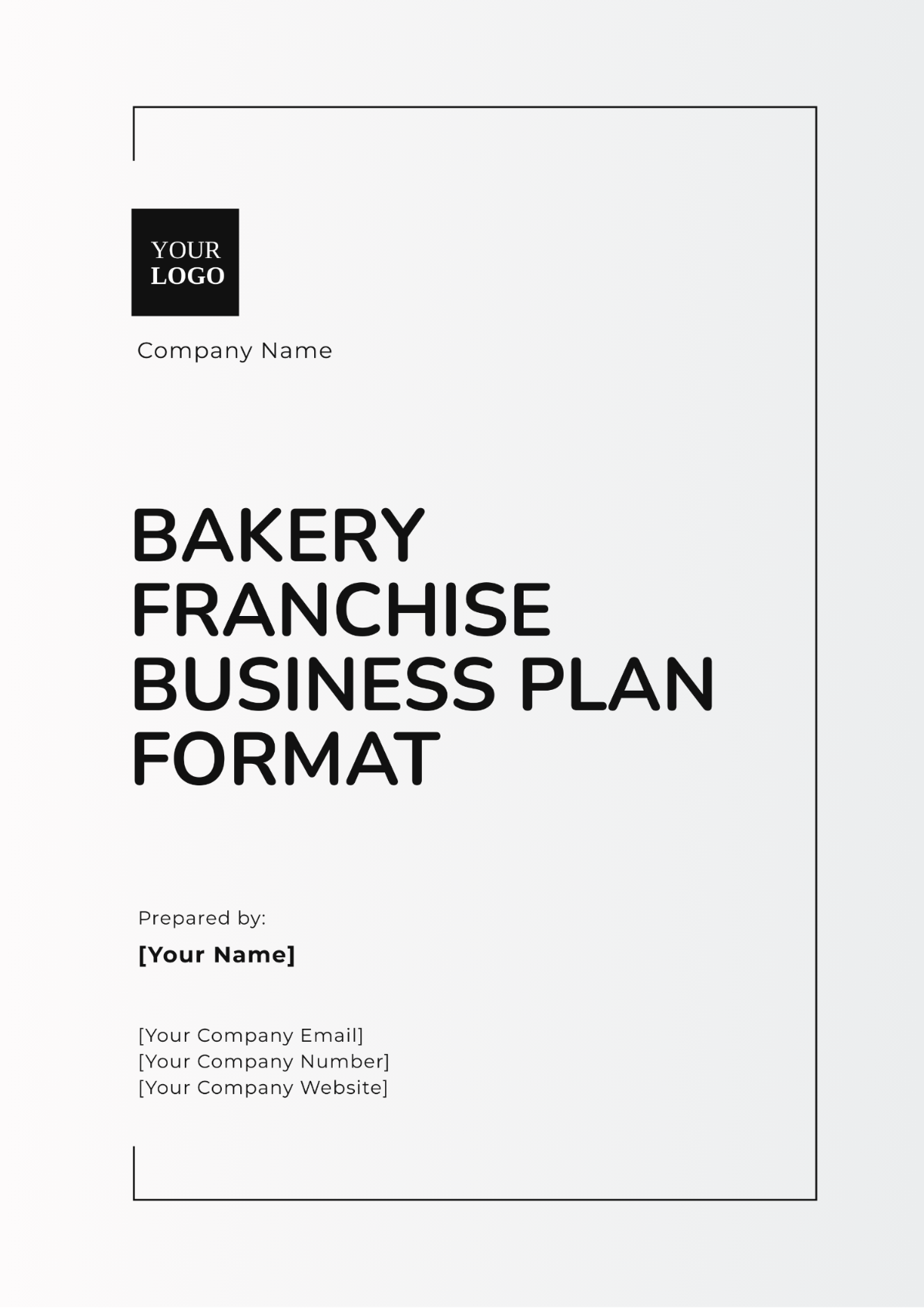
1. Executive Summary
Business Name: [Bakery Name]
Franchise Owner(s): [Name(s)]
Location: [City, State]
Mission Statement: A brief overview of the bakery’s vision and core values.
Business Model: Franchise structure, how the franchise operates (products, services, target market).
Financial Summary: Projected startup costs, funding requirements, and profitability expectations.
2. Company Description
Overview: Detailed description of your bakery franchise, the type of franchise, and its offerings.
Franchise History: Background information on the parent company (when and where the franchise started).
Business Objectives: Short-term and long-term goals of the franchise.
3. Market Research
Target Market: Define your target customers (age, demographics, lifestyle).
Industry Analysis: Overview of the bakery market and how your franchise fits into the industry.
Competitive Analysis: Identifying local competitors and your franchise's competitive advantage.
Location Analysis: Why your location is ideal (foot traffic, customer base, nearby businesses).
4. Franchise Products and Services
Menu Offerings: Detailed description of the products (bread, pastries, cakes, beverages, etc.).
Unique Selling Proposition (USP): What makes your bakery’s products stand out.
Service Overview: Types of services offered (dine-in, take-out, delivery, catering).
5. Operations Plan
Franchise Setup: Details about store setup, equipment, and furniture required.
Operational Processes: How daily operations will run (hours of operation, staff roles, supply chain management).
Supplier Information: Who will supply your bakery with ingredients and other essentials.
Franchise Support: Outline the support provided by the franchisor (training, marketing, operational assistance).
6. Management and Organization
Franchisee(s): Information on the owner(s) and their roles.
Management Structure: Organizational chart detailing key management positions (store manager, head baker, etc.).
Hiring Plan: Number of staff required and their roles (bakers, cashiers, cleaners).
7. Marketing and Sales Strategy
Brand Strategy: Overview of how the franchise brand will be promoted.
Marketing Channels: Advertising methods (social media, local events, partnerships).
Customer Acquisition Strategy: How to attract and retain customers.
Sales Strategy: Discounts, loyalty programs, promotions, and customer engagement.
8. Financial Plan
Startup Costs: Breakdown of all initial costs (franchise fees, equipment, inventory, lease).
Revenue Projections: Monthly and annual sales forecasts for the first three years.
Operating Expenses: Recurring costs such as rent, utilities, payroll, and supplies.
Profit & Loss Statement: Estimated net profits and breakeven analysis.
Funding Requirements: Investment needed, potential investors, and loan options.
9. Risk Management and Contingency Plan
Potential Risks: Overview of industry-specific risks (economic downturns, supply chain issues).
Mitigation Strategies: Plans to reduce risks (insurance, multiple suppliers, emergency funds).
10. Appendix
Franchise Agreement Summary: Key terms from the franchise contract.
Legal Documents: Business registration, licenses, permits.
Additional Financial Statements: Balance sheets, cash flow statements.
Supporting Documents: Menus, promotional materials, supplier contracts.
- 100% Customizable, free editor
- Access 1 Million+ Templates, photo’s & graphics
- Download or share as a template
- Click and replace photos, graphics, text, backgrounds
- Resize, crop, AI write & more
- Access advanced editor
Launch your bakery franchise with confidence using Template.net's Bakery Franchise Business Plan Format Template. This editable and customizable template is designed to streamline your planning process, covering key aspects of franchise operations. Easily adapt it to suit your vision and goals—it's fully editable in our Ai Editor Tool, making adjustments a breeze.
You may also like
- One Page Business Plan
- Coffee Shop Business Plan
- Restaurant Business Plan
- Food Business Plan
- Real Estate Business Plan
- Executive Summary Business Plan
- Cover Page Business Plan
- Nonprofit Business Plan
- Daycare Business Plan
- Construction Business Plan
- Startup Business Plan
- Medical Business Plan
- Bakery Business Plan
- Service Plan
- Hotel Business Plan
- Catering Business Plan
- School Business Plan
- Healthcare Business Plan
- Transportation Plan
- Sports Plan
- Car Wash Business Plan
- Salon Business Plan
- Clothing Business Plan
- Farming Business Plan
- Boutique Plan
